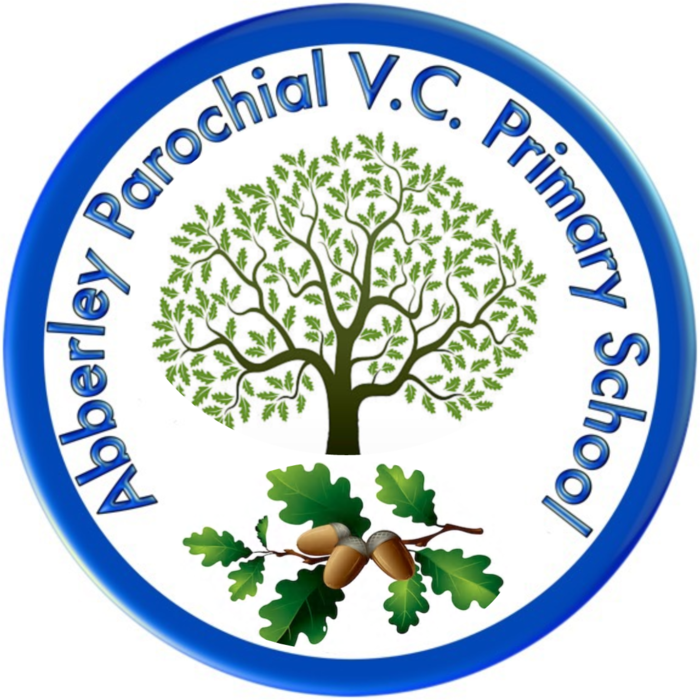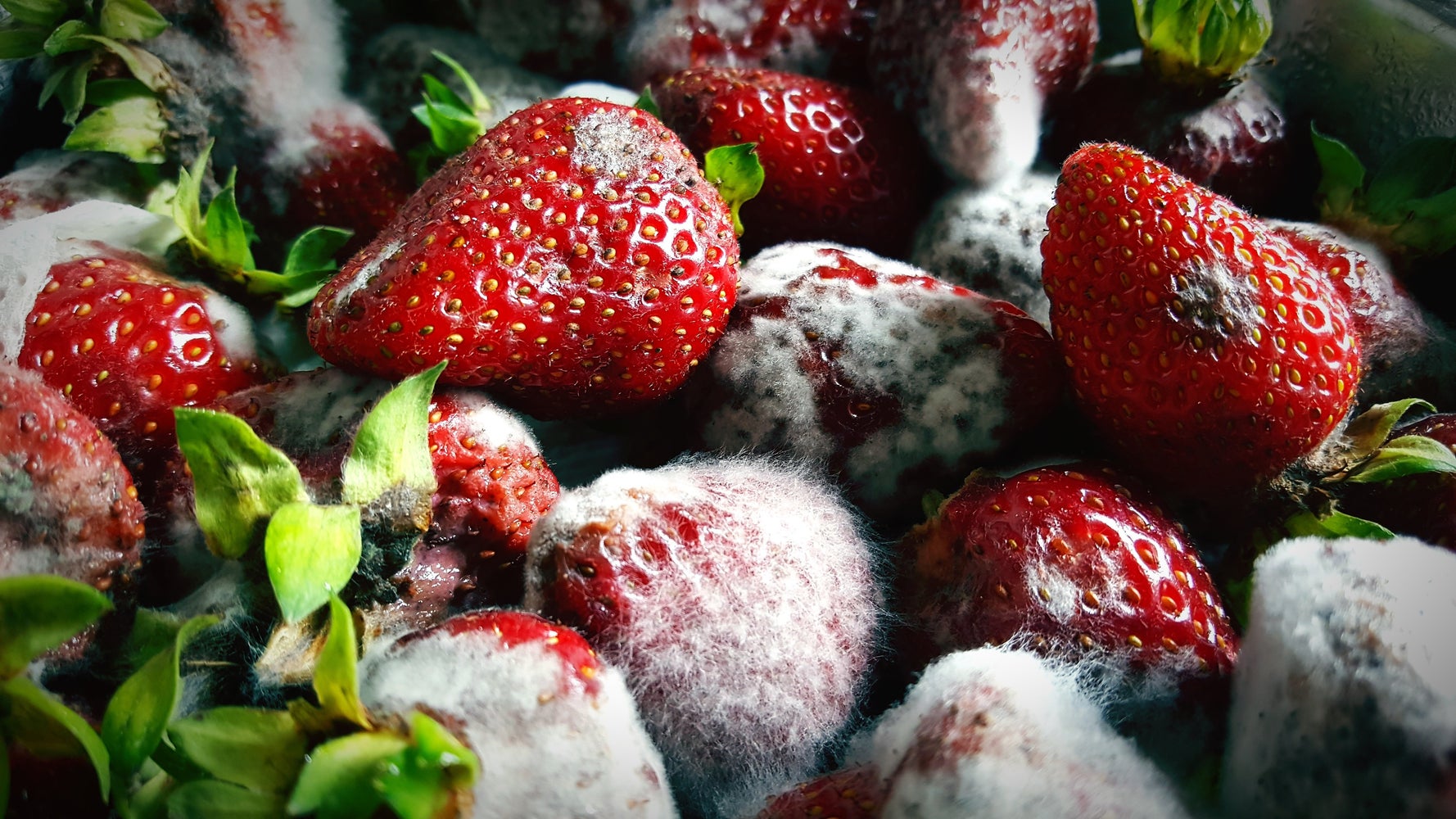Monday 15th June
Hello Wrens
I hope you had a good weekend despite the rain. We have lots of fun things to learn together this week so let's get going.
Phonics.
Reception.
Warm up - choose 6 of your Phase 3 flashcards and label them 1 to 6. Roll a dice and whatever number in lands on practise reading and writing that sound. Maybe you could challenge yourself to write a word that contains the sound.
We are going to focussing on blending sounds again today. Our sound today is sp. Can you see what Mickey Thompson and Purvis found that starts with that sound? I wonder if you can think of anything else they could have found? Can you have a go at writing the word?
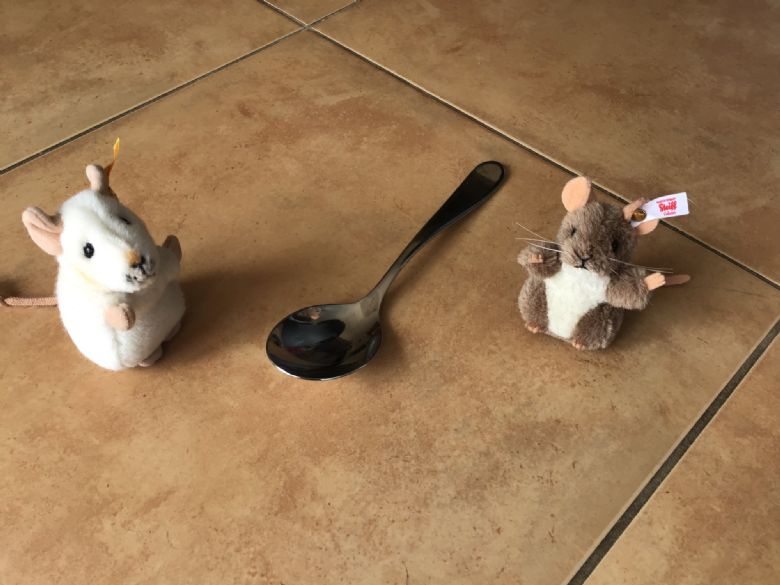
Blending for reading - Listen to the sp story below. Can you stand up every time you hear a sp word? How many did you spot?
Segmenting for spelling - Have a go at the sheet attached below. Cut out the pictures and stick them in your home learning book and then use the word bank to help you label the picture correctly.
Year 1.
Warm up - let's warm up with a game of Yes/No Yeti by clicking the link below.
Today we are going to be looking at the grapheme ou. We have already learnt that this makes the ow sound in words like
It can also make the oo sound in words like
or the oa sound in words like
finally it can make the u sound in some of our high frequency words like could
Blending for reading - practise reading the ou words on the powerpoint attached below.
Segmenting for spelling - using the 3 ou word lists attached below see if you can write some sentences using 3 of the words.
For example - You shouldn't eat mouldy carrots.
Maths.
Reception.
Let's warm up by singing our big numbers song.
This week we are going to be looking at number bonds. Number bond are pairs of numbers which add up to make the same total. They are really useful to know as they can help us in lots of our maths.
For this weeks activities you will need 10 counters or objects of one colour and 10 of another colour. If you don't have any at home you could make some like Mickey Thompson and Purvis did by painting pasta, or you could use lego bricks or buttons.
Let's start with our number bonds to 3. There are 4 different ways of making 3 using our counters. Look Mickey Thompson and Purvis have shown us how.
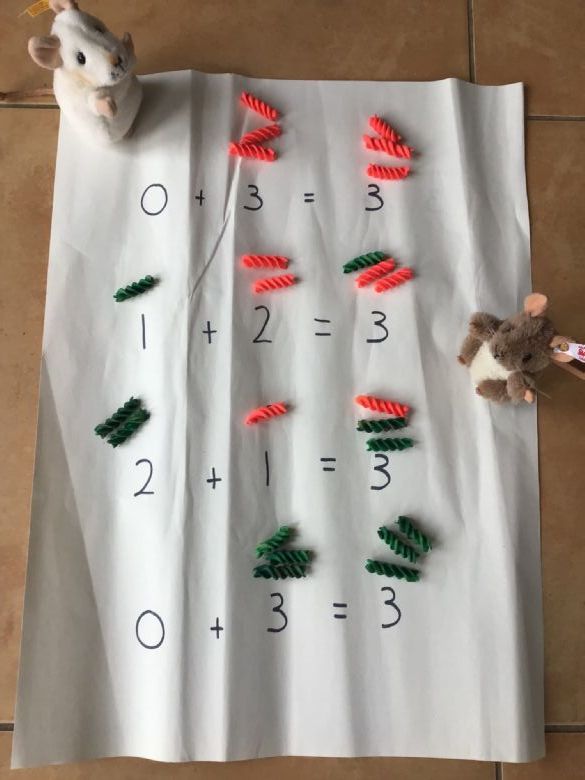
Now they have used their counters to make 4. Can you write the number sentences to go with each photograph.
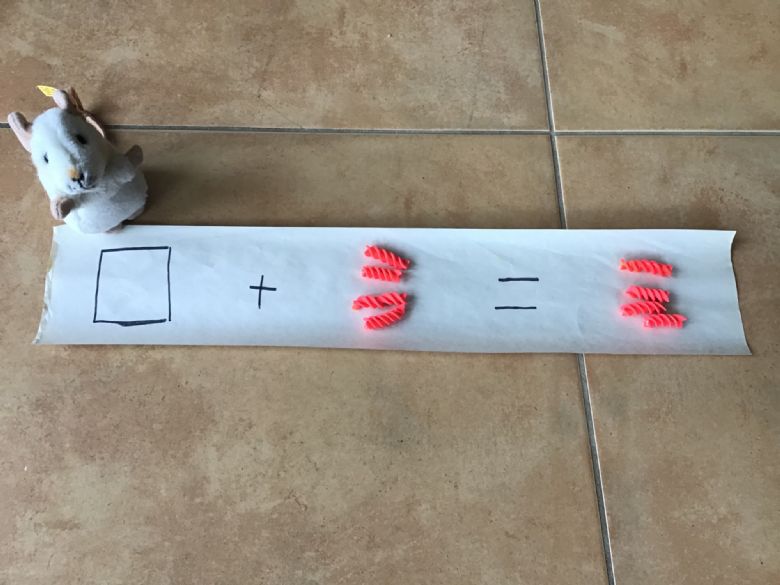
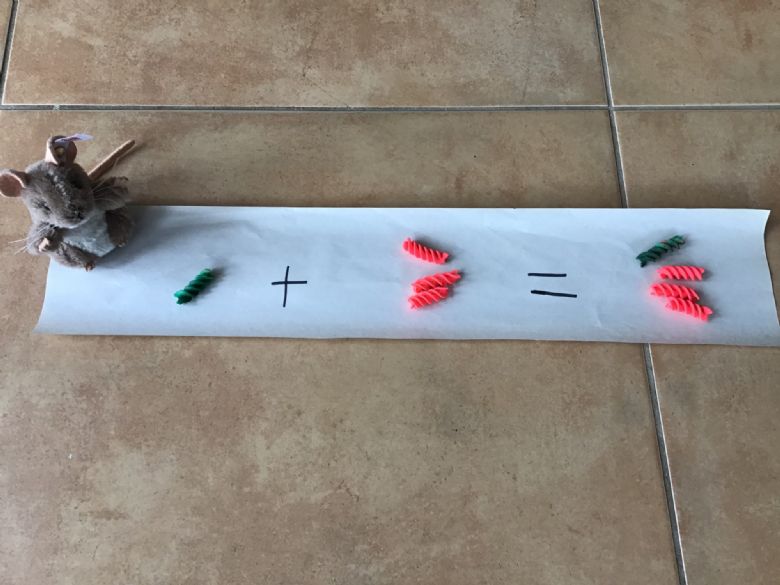
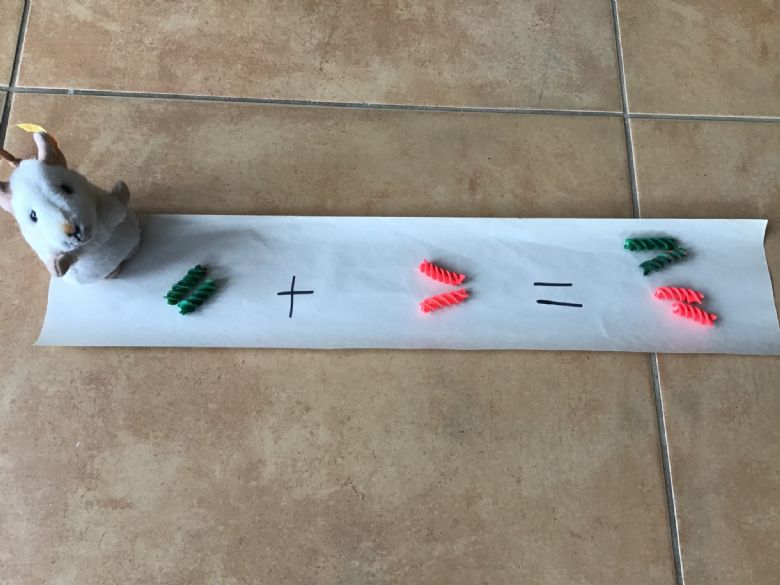
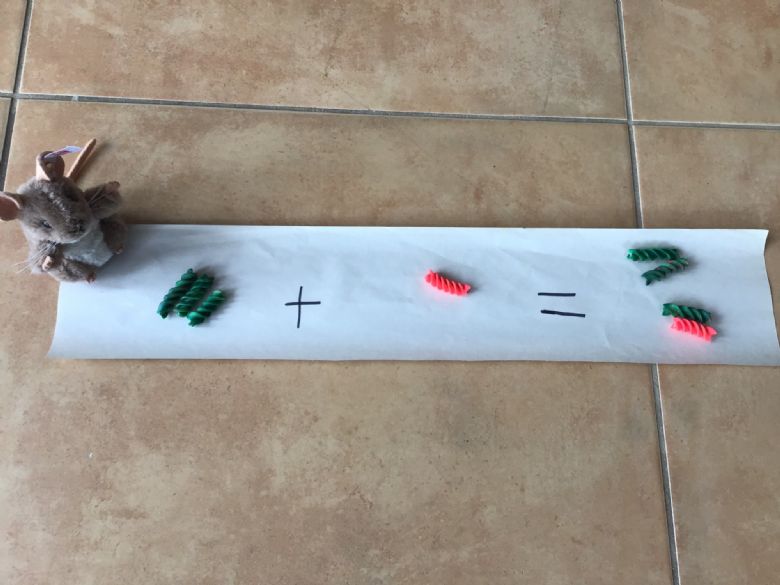
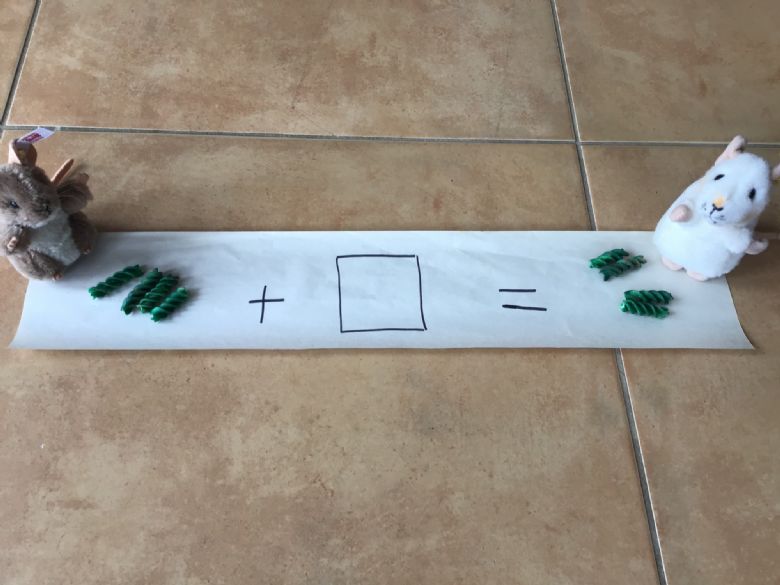
Now it's your turn. Use your counters to make 5. How many different ways can you make 5? Can you write down all your number sentences?
Year 1.
This week we are going to start by revisiting number bonds and looking at the relationship between number bonds to 10 and number bonds to 20. Let's work through the video below.
Now click on the activity sheet below.
If you feel you want some more practise at number bonds to 10 or 20 try the fluency sheet.s
If you feel confident try the problem solving activity.
Topic.
In our topic of Superheroes we have been thinking about how to keep our bodies fit and healthy just like a Superhero. So far we have looked at how it is important to keep ourselves clean and stop the spread or germs and how exercise is good for our bodies.
This week we are going to be thinking about what we eat. Our body uses the food we eat to help us grow and give us energy. Watch the video below to find out about more.
It is very important what food we eat. Some foods are much better for our bodies than others and we must make sure we have the right amount of each different type of food. Food comes in 5 groups.
Have a look at the video below to find out more about the 5 food groups.
We need to eat some of each food group to be healthy. This is called a balanced diet.
Look at Mickey Thompson and Purvis below. They have come up with some colours and actions to help us remember the different food groups.
Green group - Fruit and Vegetables.
Say "Give me 5!" and make a high 5 sign in the air.
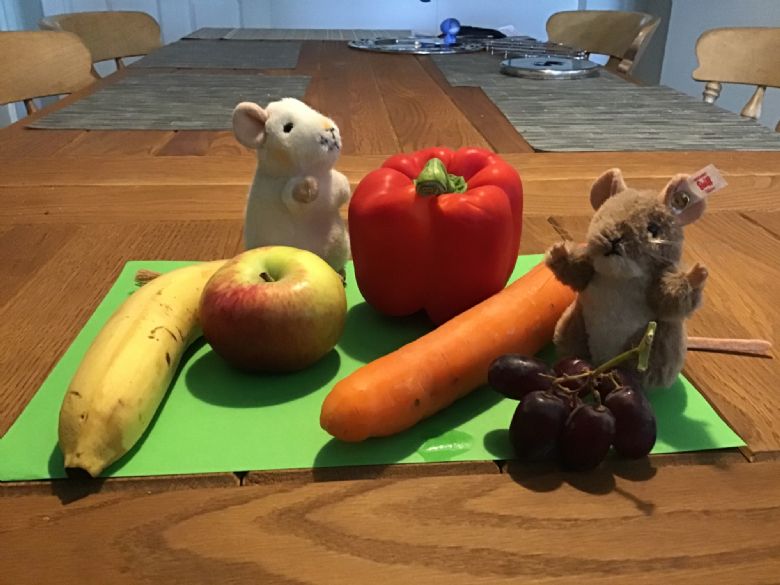
Yellow group - Carbohydrates includes bread, rice and pasta
Say "Gives me energy" and run on the spot.
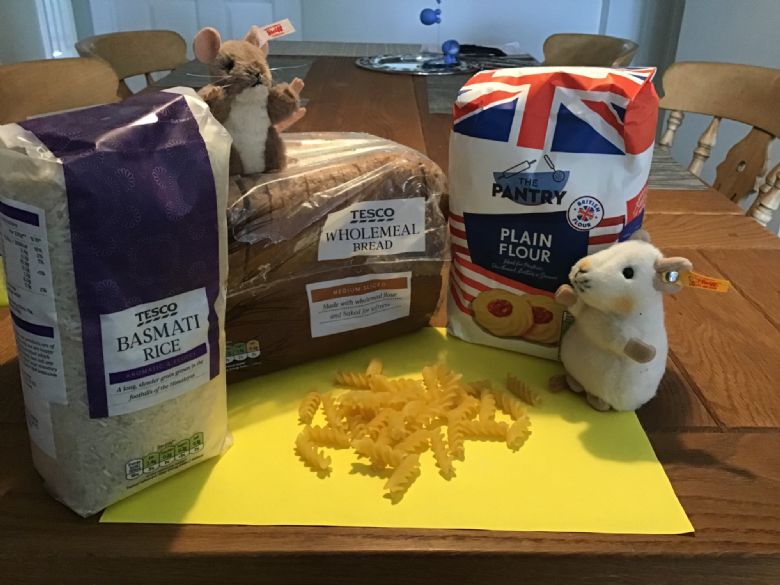
Blue group - Dairy includes milk, cheese and yoghurt.
Say "Makes me strong" and do a strong man pose.Say "Makes me strong" and do a strong man pose.
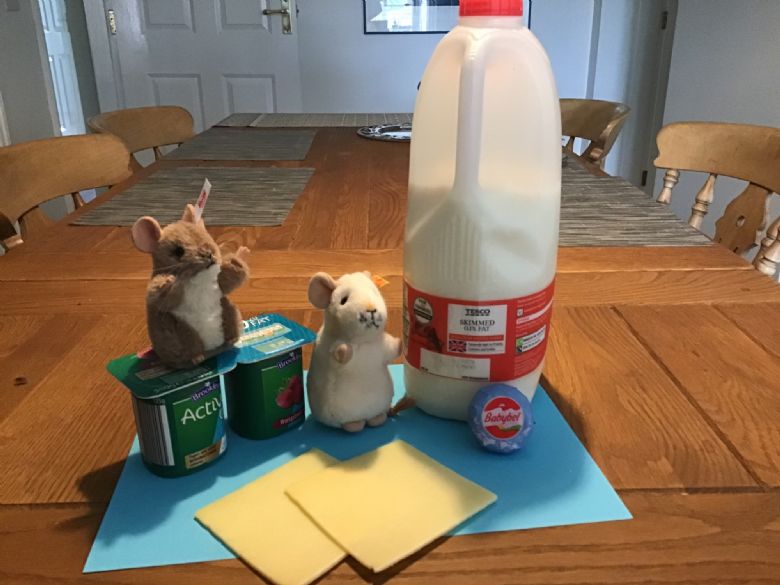
Pink group - Proteins - includes meat, fish, eggs and lentils.
Say "Helps me grow" and stretch tall on your tiptoes.
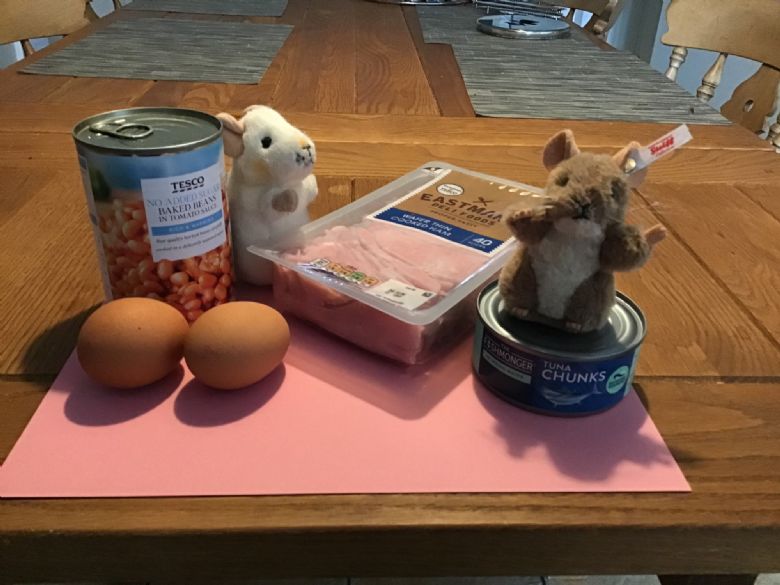
Purple group - Fats and oils includes butter and oil. (We also include other foods such as chocolate and crisps that we should only eat in small quantities in this group).
Say "Just a little bit" and pinch thumb and finger close together to show a small amount.
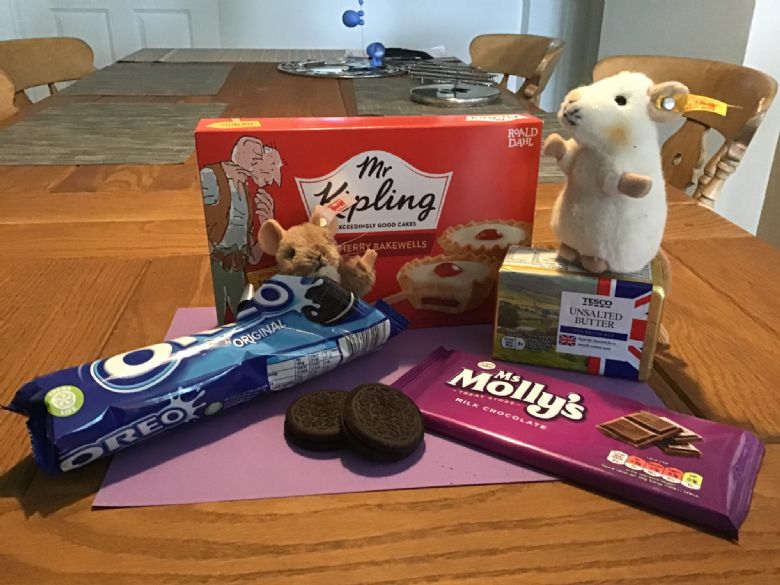
Now look at the activity below to see if you can sort the pictures below into the right food groups. You can either cut or stick the different foods or draw some of your own.
Parents - I have included an Eat-well Plate poster which shows the different food groups in the proportions they should make up our diet to help you.
Listen to the story below. Which food group does Oliver's fruit salad belong in?
Oliver,s Fruit Salad by Vivian French and Alison Bartlett (Hodder Children's Books)
Best wishes
Mrs Lightfoot (and Purvis and Mickey Thompson)
